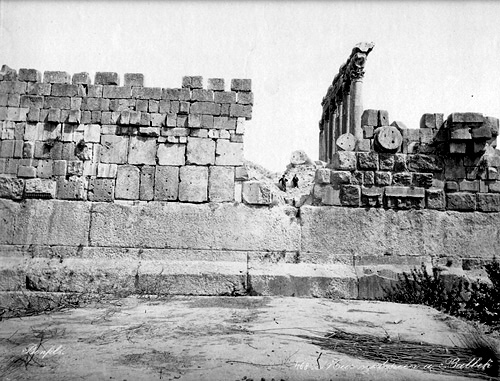- Joined
- Mar 19, 2008
- Messages
- 16,671
Oh shit, misread the bit about the Suez. Nevermind
I think before Suez you probably would have been right, it was definitely a thing to travel overland across that narrow stretch of Egypt to the Red Sea.
Oh shit, misread the bit about the Suez. Nevermind
Yes I believe the two yellow lines would indicate the east-west railways of the time.
I wonder if the trip to Bombay, rather than sailing around the Cape, involved a train trip across Europe, sail to Egypt, then say a short rail or caravan trip to a port on the Red Sea, then a ship to Bombay?
The katun is established at Chichen Itza. The settlement of the Itza shall take place there. The quetzal shall come, the green bird shall come. Ah Kantenal shall come. It is the word of God. The Itza shall come.


Maya Quimby.What would Trump's Mayan name be?
Quiffyquotzel.What would Trump's Mayan name be?
Maya Quimby.

Photos taken by a Russian trawlerman; creatures he has pulled from the depths of Anfield:
http://www.liverpoolway.co.uk/index.php?/topic/110580-the-oceans-depths/


Wish I could take some photos of stuff I'm doing at work right now. Have a couple of roman skeletons which are quite cool.
https://www.newscientist.com/article...-indian-ocean/
An ancient continent that was once sandwiched between India and Madagascar now lies scattered on the bottom of the Indian Ocean.
The first clues to the continent’s existence came when some parts of the Indian Ocean were found to have stronger gravitational fields than others, indicating thicker crusts. One theory was that chunks of land had sunk and become attached to the ocean crust below.
Mauritius was one place with a powerful gravitational pull. In 2013, Lewis Ashwal at the University of the Witwatersrand in South Africa and his colleagues proposed that the volcanic island was sitting on a piece of old, sunken continent.
Although Mauritius is only 8 million years old, some zircon crystals on the island’s beaches are almost 2 billion years old. Volcanic eruptions may have ejected the zircon from ancient rock below.
Now, Ashwal and his team have found zircon crystals in Mauritius that are up to 3 billion years old. Through detailed analyses they have reconstructed the geological history of the lost continent, which they named Mauritia.











Hundred years since the first use of chemical weapons in the Middle East - http://mideasti.blogspot.ie/2017/04/april-17-19-1917-second-battle-of-gaza.html?m=1
DOI: http://doi.org/10.1016/j.jhevol.2017.02.006The affinities of Homo floresiensis based on phylogenetic analyses of cranial, dental, and postcranial characters
In virtually all analyses, the two best hypotheses for the affinities of H. floresiensis were that it was either (1) the sister to H. habilis alone or (2) the sister to a “core Homo” branch that includes H. habilis, H. erectus, H. ergaster, and H. sapiens.
(…)
Thus, the analyses place H. floresiensis as either a close relative to H. habilis, or at a similar evolutionary grade.
(…)
certain other positions of H. floresiensis (notably, sister to H. erectus or to H. sapiens) can be rejected with high confidence
Guardian said:Among the most significant artefacts are four almost perfectly preserved greenstone statutes – three women and one man – found near the entrances of the chambers.
The women were adorned with necklaces and earrings, and carried backpacks full of symbolic objects including tiny mirrors believed to help communication with the future and past. The mirrors and eyes are made from pyrite – or fool’s gold.
